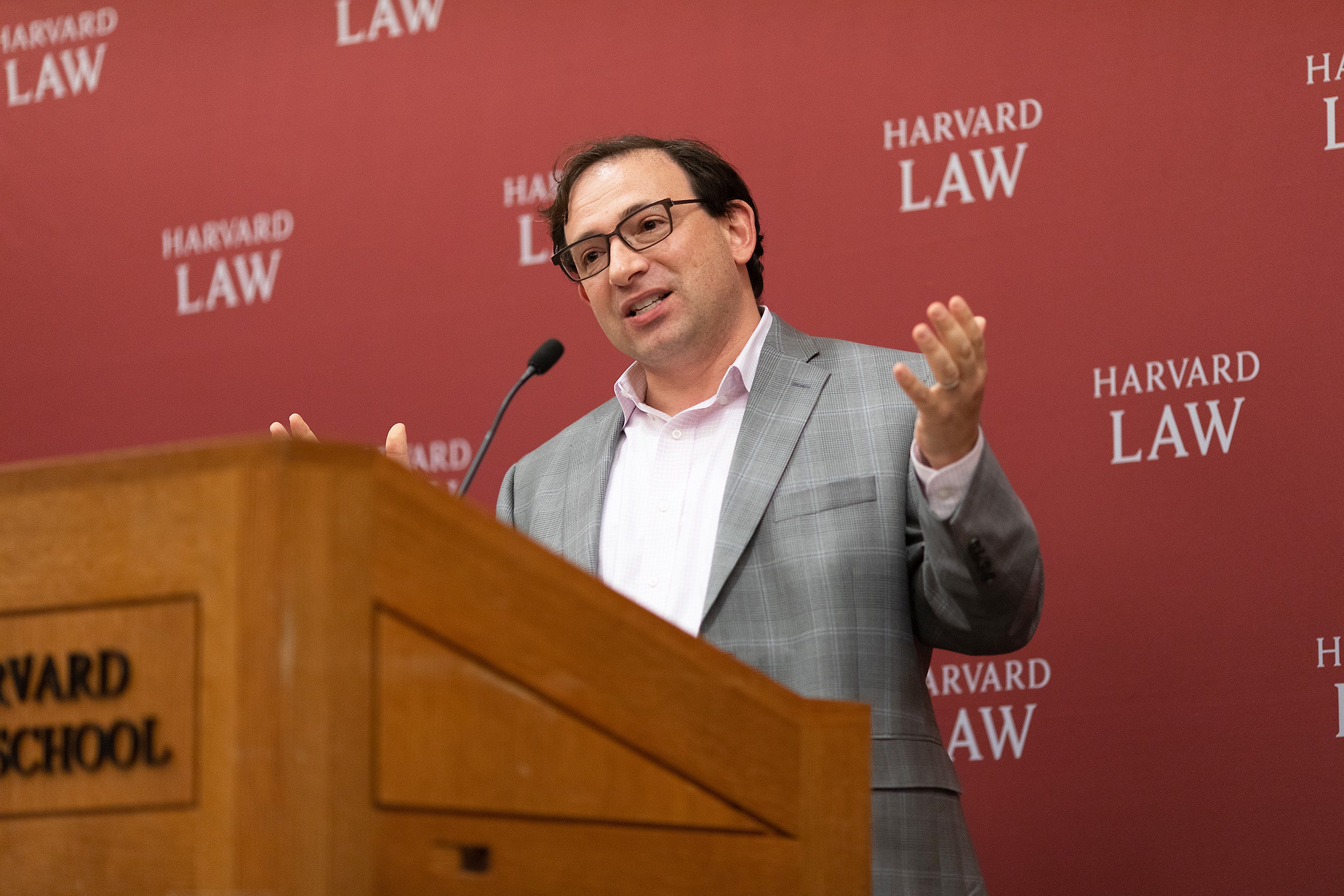Corruption—the abuse of public power for private political or material gain—is the root cause of many of the fundamental challenges that developing and other societies face.
There’s considerable evidence that endemic corruption undermines confidence in government and faith in democracy and could be a significant contributor to political instability.
Yet the idea that corruption is a fundamental problem and one that should lead us to make the fight against it a high priority, is not universally accepted, says Harvard Law School Professor Matthew Stephenson ’03.
Stephenson, an expert in anticorruption law, legislation, and administrative law, explored widely held views about corruption and effective reform in an October 30 lecture at Harvard Law School titled, “Corruption and Anticorruption.” The lecture commemorated his appointment as the Eli Goldston Professor of Law, a professorship endowed by the late Eli Goldston M.B.A. ’46 J.D. ’49, a chairman of Eastern Gas & Fuel Associates and a vocal advocate of corporate social responsibility.
In his introduction, Dean John Manning ’86 said: “Today we celebrate the appointment of a really great, creative, visionary teacher and scholar who fulfills Eli Goldston’s vision that the incumbent of the chair would join their skills and commitments in teaching and research to improve social conditions.” Manning described Stephenson as a beloved teacher and a brilliant interlocutor, who “adds so much to the intellectual life of this school.”

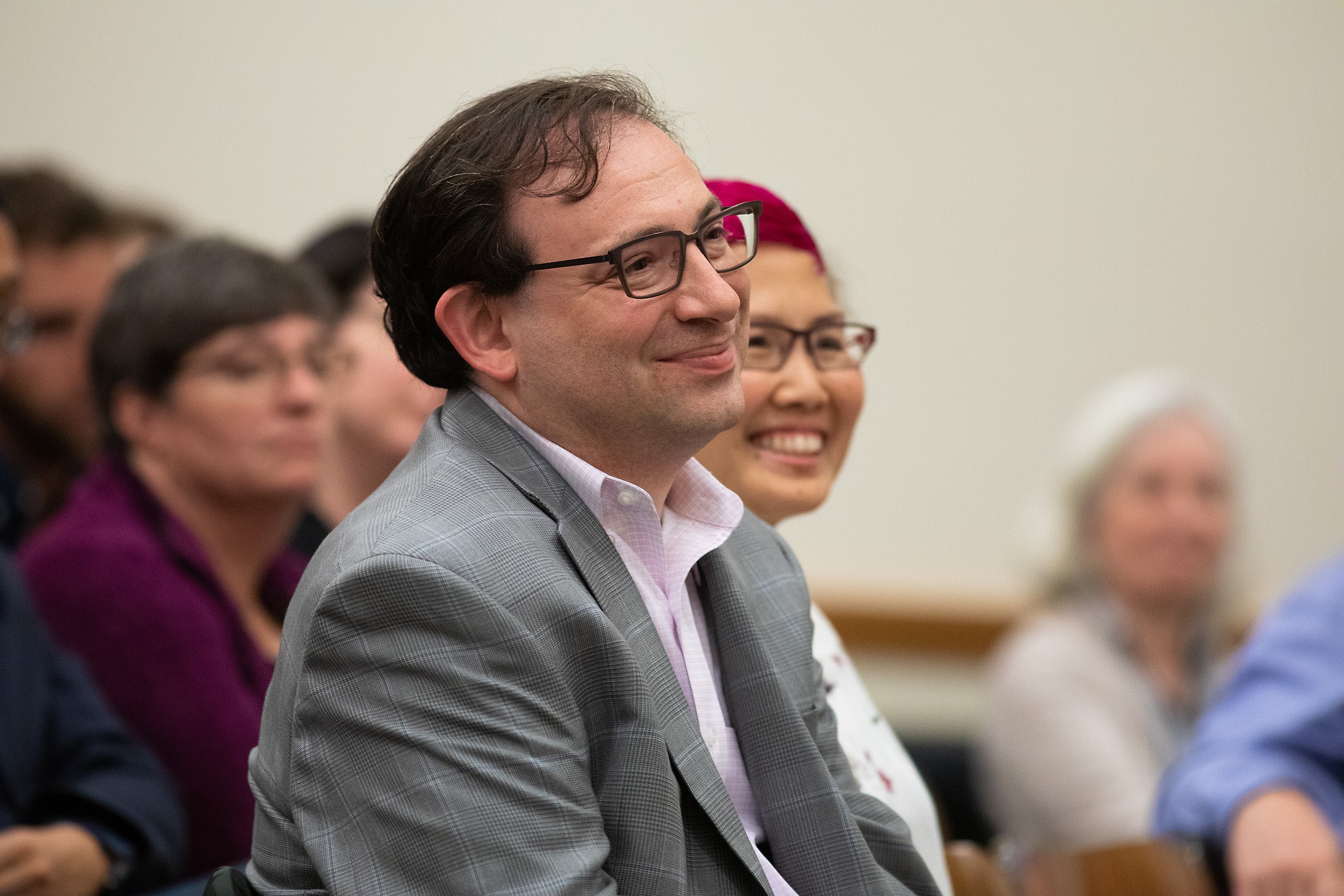
In his talk, Stephenson outlined three widely held views often invoked as rationalizations for inaction against corruption. He said he finds these views “more false, than true, and more misleading than helpful,” but he categorizes them as “quasi-myths” because he believes there is “an important kernel of truth behind all three.”
The first quasi-myth, according to Stephenson, is the idea that corruption is a Western concept, and that practices like bribery and nepotism are culturally acceptable in other, non-Western societies. It was an argument, Stephenson said, used by the first British governor general of India who faced impeachment for bribery and corruption.
While not every society understands appropriate government behavior in the same way, says Stephenson, this myth is debunked by a great deal of empirical, survey-based research that shows there is broad consensus across a wide range of societies of the types of things that are understood as corrupt.
“I actually think the U.S. is more of an outlier on this than other countries,” he said. “Conduct, especially in the campaign finance and lobbying context, which would be considered blatantly and outrageously corrupt, we consider either legitimate or maybe even constitutionally protected.”
Stephenson said: “The attitude that prevails in societies beset by endemic corruption is less acceptance and more something like cynical resignation.”
The second quasi-myth is the idea that even if corruption is considered immoral in most or all cultures, in some countries it can be economically beneficial and an efficient way to facilitate development. In other words, in bureaucracies where the rules are bad, corruption can act as what economists would call a “second-best solution.”
Yet, said Stephenson, evidence over the past 30 years overwhelmingly suggests that corruption more often acts as an impediment to economic growth and development. In fact, the excessive bureaucracy, or red tape, is often deliberately created by bureaucrats or other government entities to create opportunities for corruption.
Finally, there is a perception in societies characterized by endemic corruption that it is so deeply ingrained in the culture’s social and political practices that there’s nothing that can be done about it.
Stephenson—who has served as an anticorruption and judicial reform consultant and adviser for national governments and civil society organizations around the world—said it is an argument that he has heard repeated over and over again.
“I was in Jakarta a few years ago and some very bright interlocutors said to me, ‘Look, we’re never really going to make progress against corruption in Indonesia beyond the surface level because there’s something deep and fundamental about the Malayan culture that contributes to corruption,’” he said. “And then I was in Brazil and I heard the same thing.”
According to Stephenson, there is no strong evidence that national cultures are significant predictors of corrupt behavior. “The evidence is just not there,” he says. More important, he points to significant examples of countries in the recent past that were once beset by deeply rooted corruption—such as Sweden in the 1800s and the United States at the end of the Civil War in 1865—that managed to implement reform.
“If we take a longer view, we have a lot of examples of countries that seemed to have made the transition from places where corruption was deep and entrenched, to places where it’s still a problem, but a manageable problem,” he said.
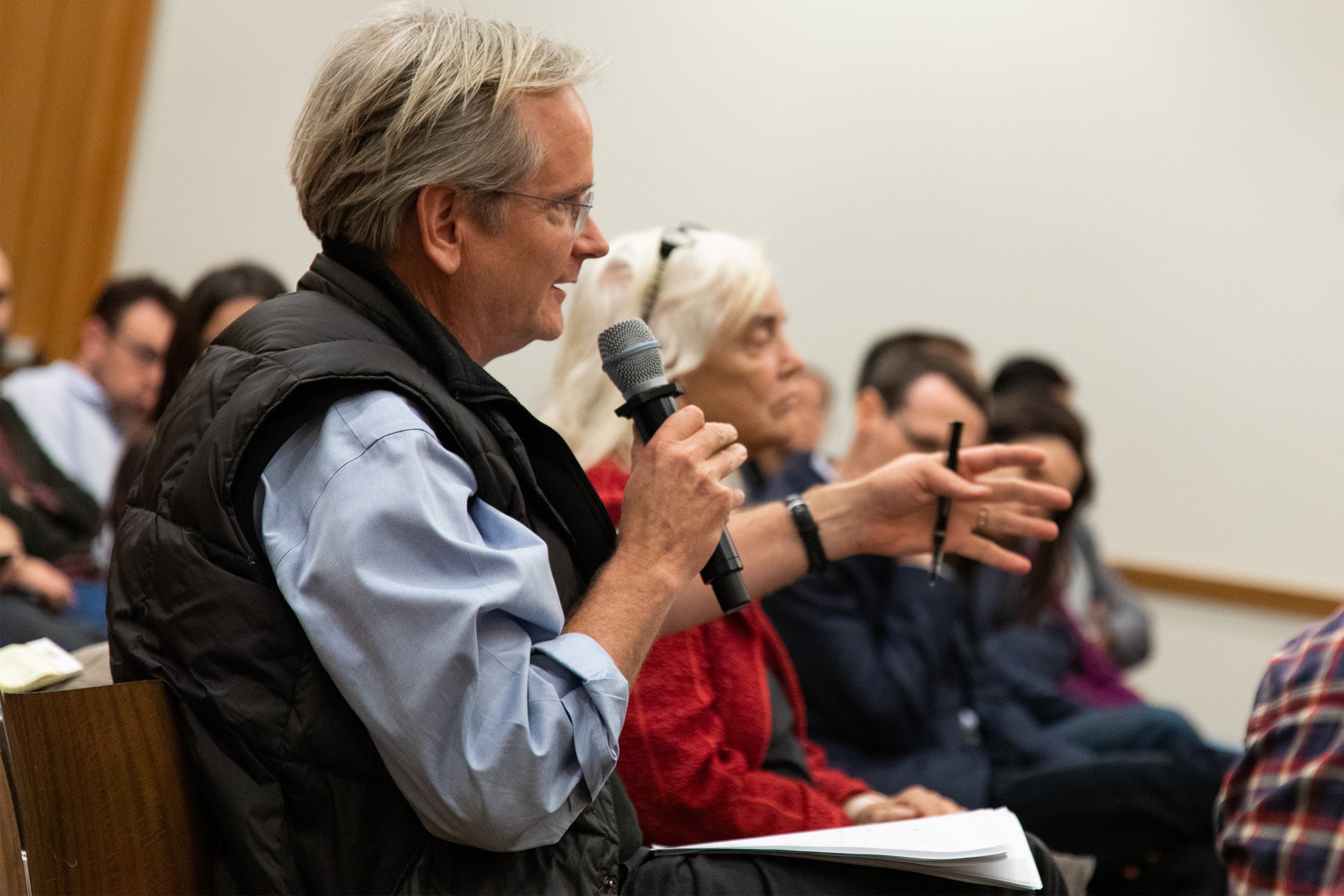
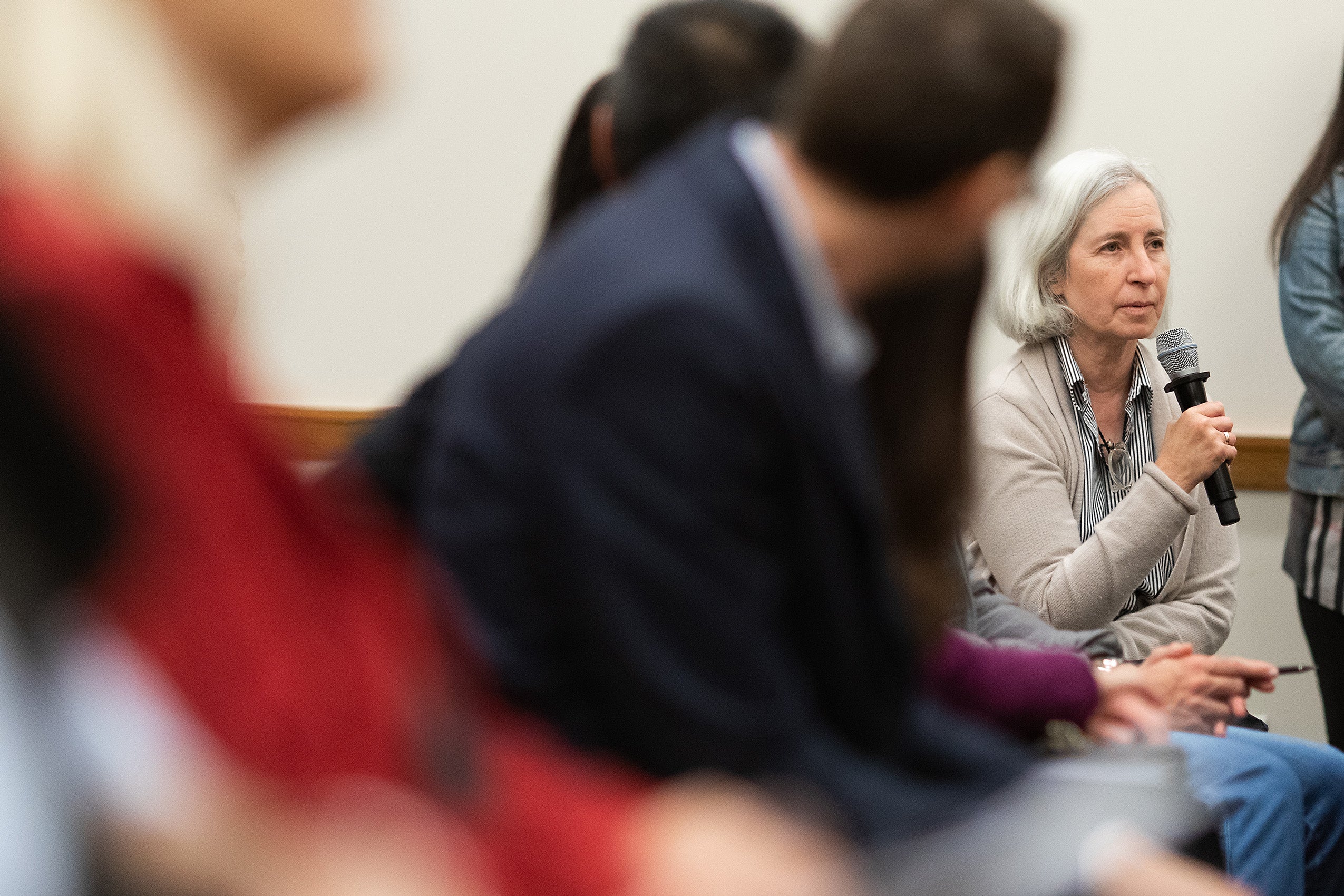
Corruption does have self-reinforcing or self-perpetuating tendencies that can give rise to vicious cycles, says Stephenson. But he points to several tools and techniques that are effective in reducing the level and extent of corruption.
They include a free press; civil service reforms, in particular those that promote meritocracy and norms of professionalism; audits of government programs; and effective criminal law enforcement. He said that legal interventions, in particular asset seizures and protections for whistleblowers, have significant corruption-reducing effects.
“Following the money turns out to be really important,” he said. “Sometimes it’s easier for corrupt actors to cover up evidence of the underlying corrupt crimes than it is for them to hide or explain away the proceeds of corruption.”
The main challenge to reforming a fundamentally corrupt system is that those with the power to do something to address corruption often don’t have much incentive to do so, because they benefit from the status quo, while those with the strongest incentive to do something about it lack the power to effect change.
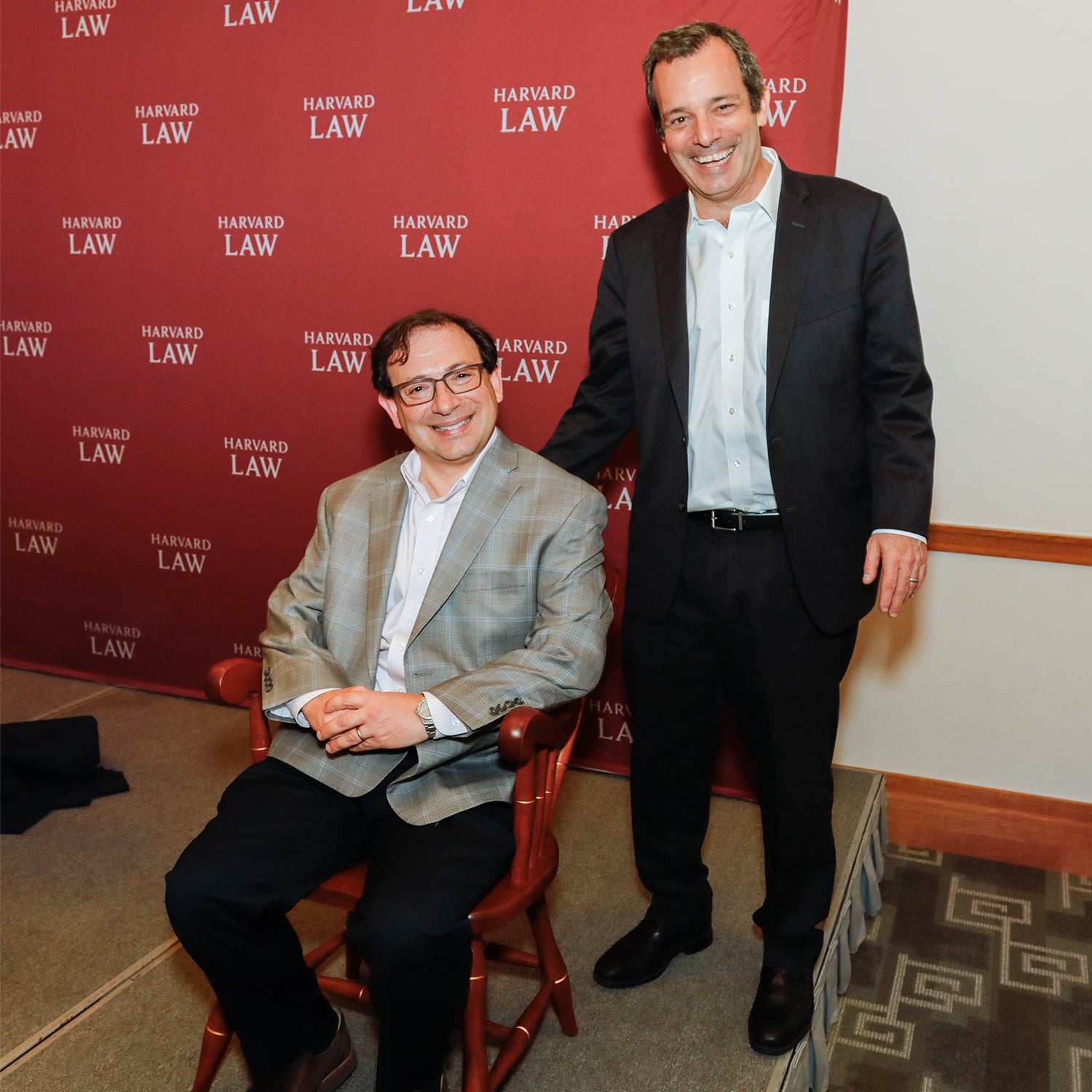
Stephenson outlined several possible models, based on historical precedents, for producing sustainable anticorruption reform.
One model is a strong leader with centralized power who can push through dramatic reforms in a rapid fashion. Countries such as Singapore conform to this model; “Lee Kuan Yew in Singapore is everyone’s favorite example of this anti-corruption strategy,” he said.
In the second model, a moment of crisis or disruption in the political status quo creates a narrow window of political opportunity to implement dramatic reforms. He cited Indonesia after the Asian financial crisis in 1997-1998 when the president was pushed out of power and there was the dawn of the so-call Reformasi period, as a good example.
The third entails the advocacy and implementation of reforms by coalitions of activists—including civil society groups, political entrepreneurs, or businesses that are frustrated by the current system—pushing for incremental reforms. This approach typically involves a long, slow struggle. But according to Stephenson, if these reforms are pursued consistently and accumulate over time, they can have a significant impact.
Stephenson joined the Harvard Law School faculty in 2005, just two years after earning a joint J.D./Ph.D. from Harvard. Four years later, in 2010, he was promoted to a tenured professorship.
Five years ago at Harvard Law School, Stephenson launched “The Global Anticorruption Blog,” which is devoted to promoting analysis and discussion of the problem of corruption around the world. Designed as a forum to exchange information and foster discussion about corruption’s causes, consequences, and potential remedies, the blog has thousands of followers, including high-level stakeholders at the World Bank, in the U.S. government, at the U.N., and at major NGOs, and has contributed to a number of policy debates around the world.
